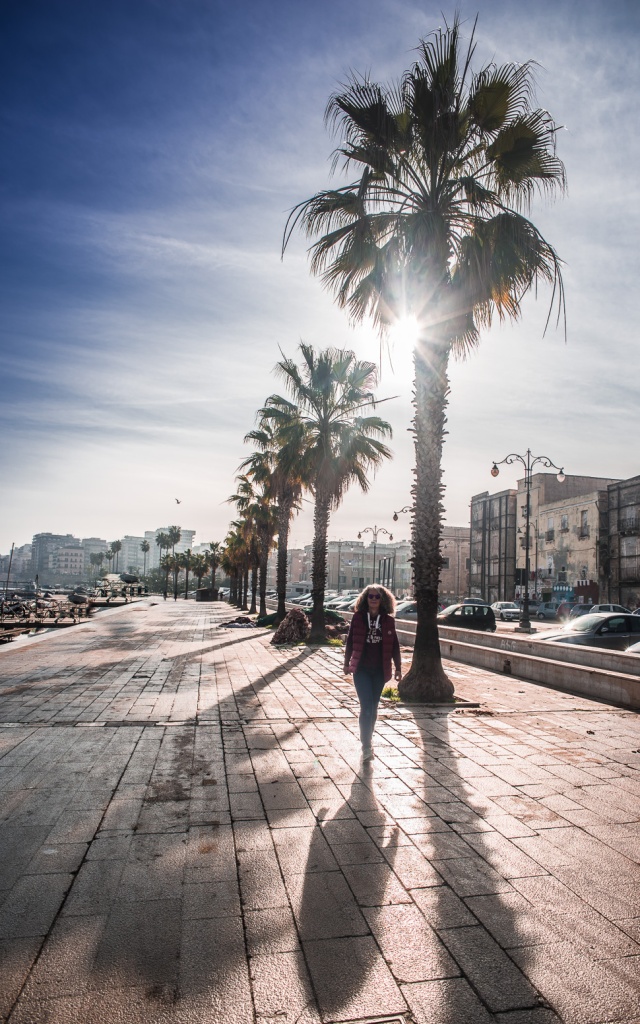
After spending the night outside of Taranto, we found a parking near the old town and went for a walk. The historic centre lies on an island, separating the Mare Piccolo (more like a big lagoon) and the Mare Grande (the sea), a perfect location for a town with a secure harbour.
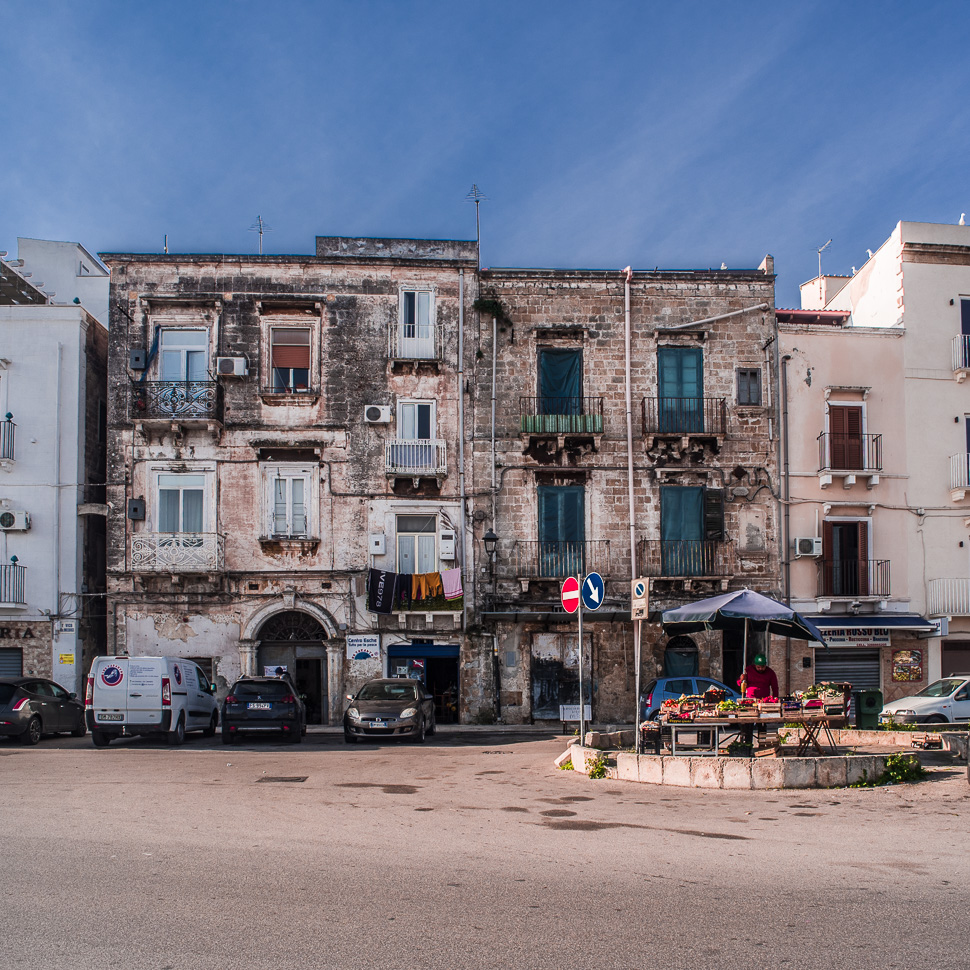
Founded by Spartans in the 8th century BC during the period of Greek colonisation, Taranto was among the most important in Magna Graecia, becoming a cultural, economic and military power. By 500 BC, the city was among the largest in the world, with a population estimated up to 300,000 people.
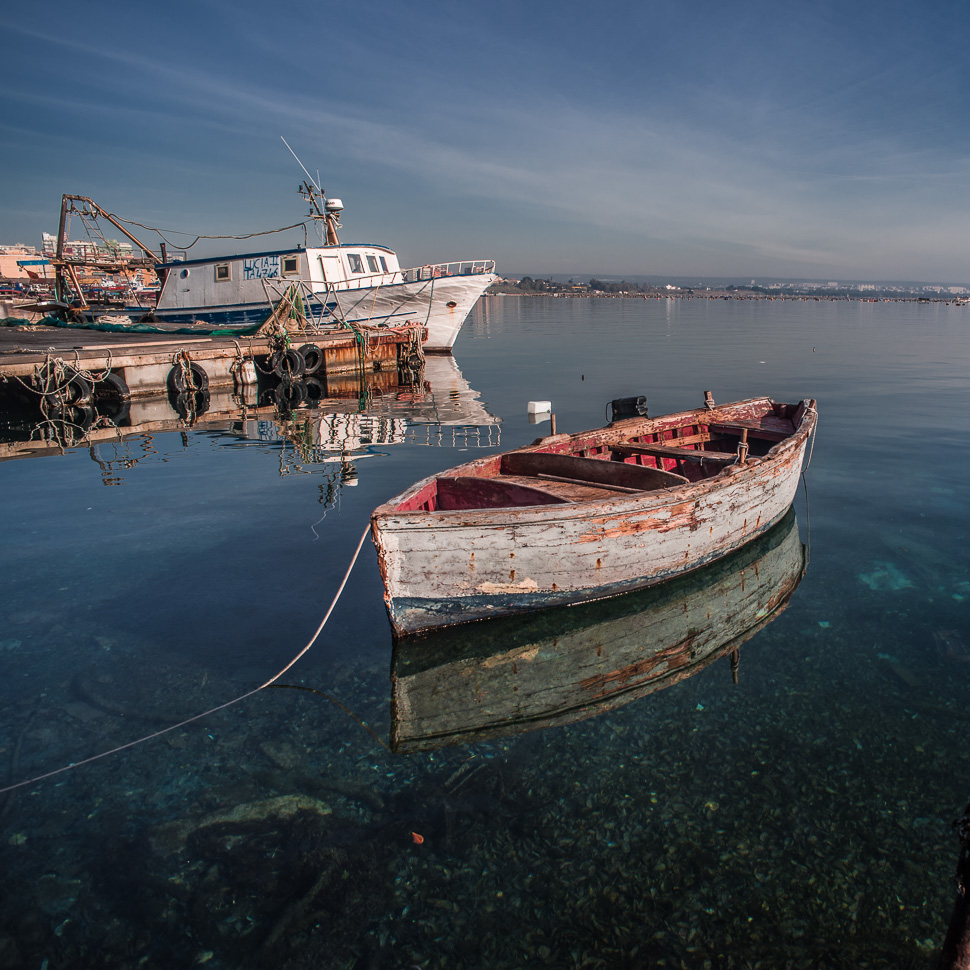
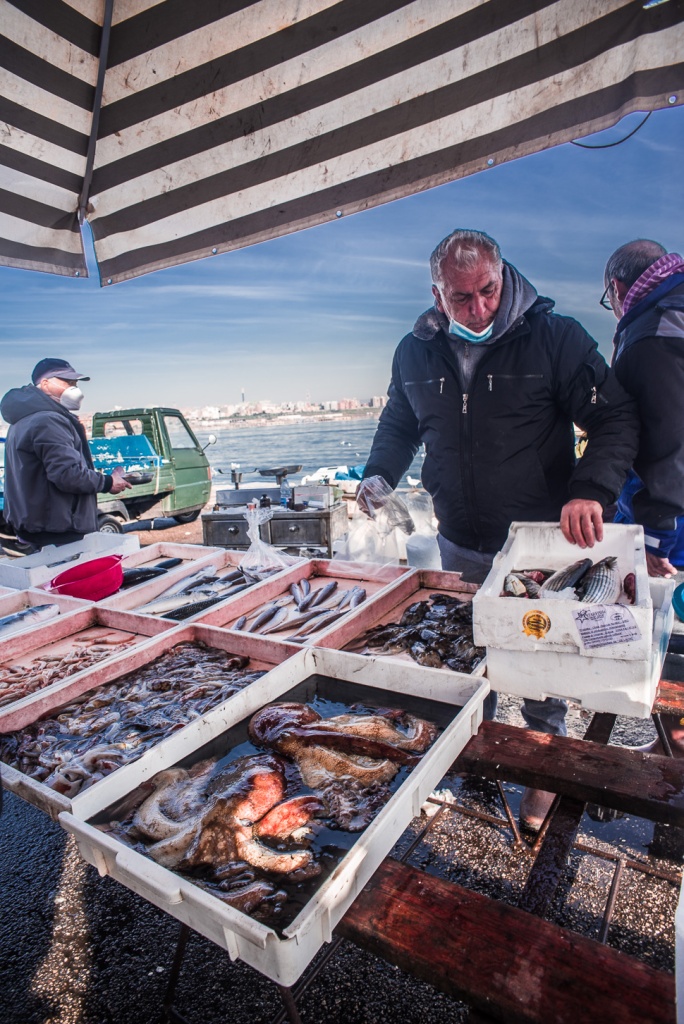
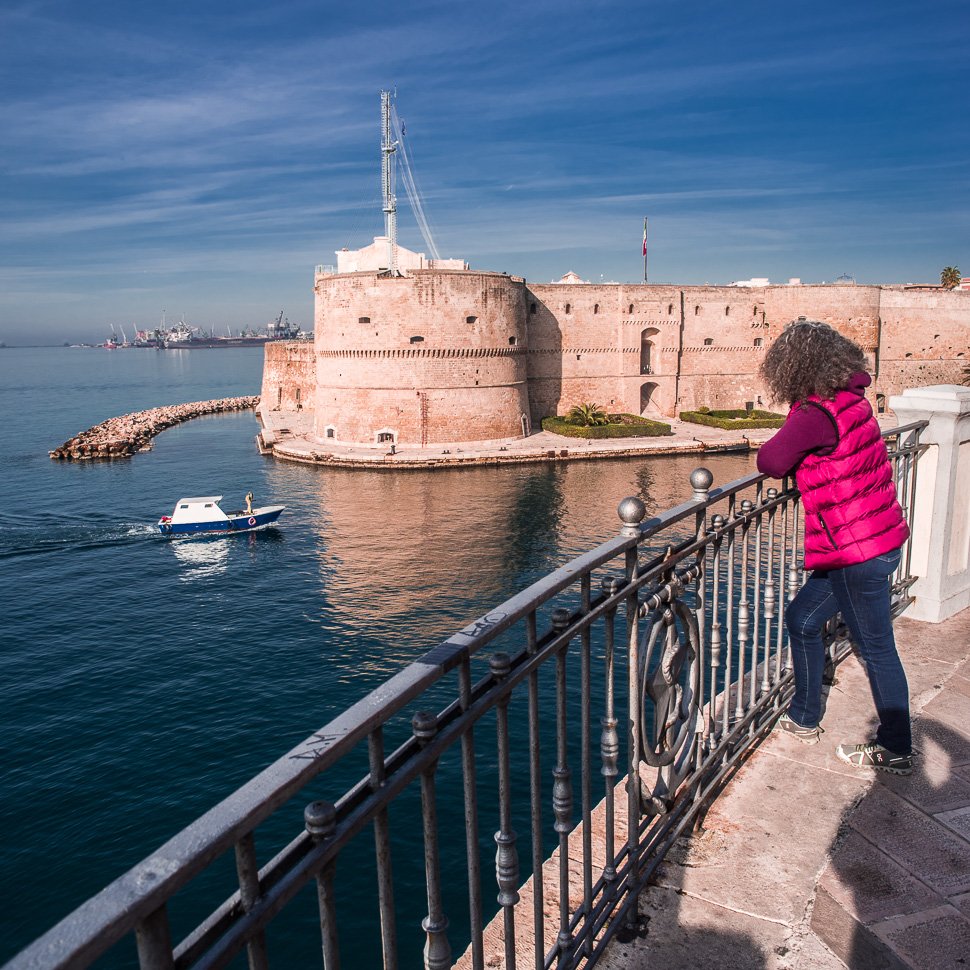
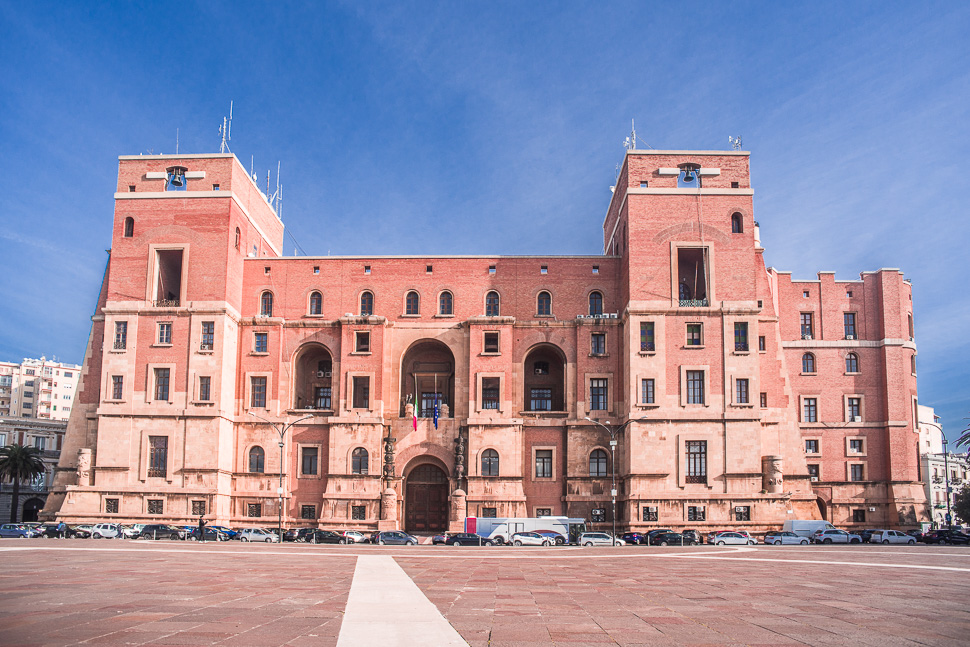
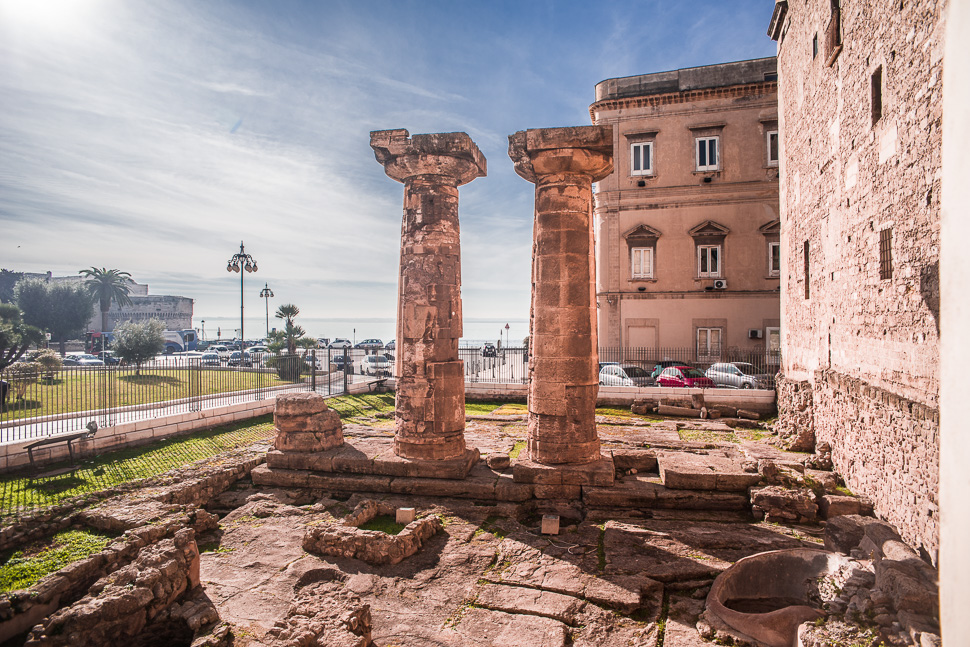
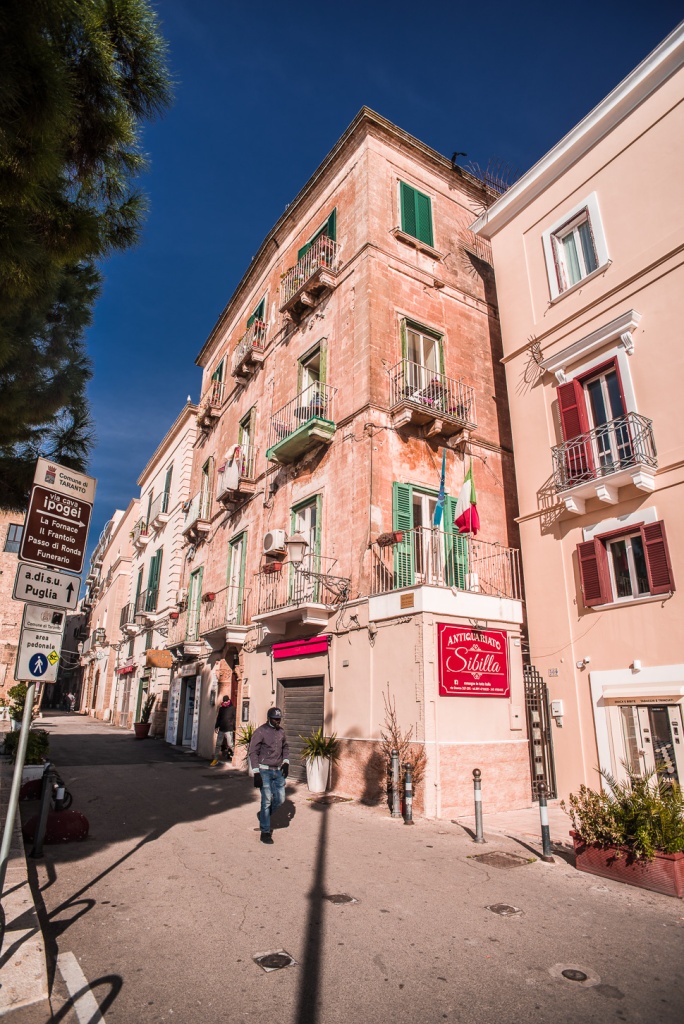
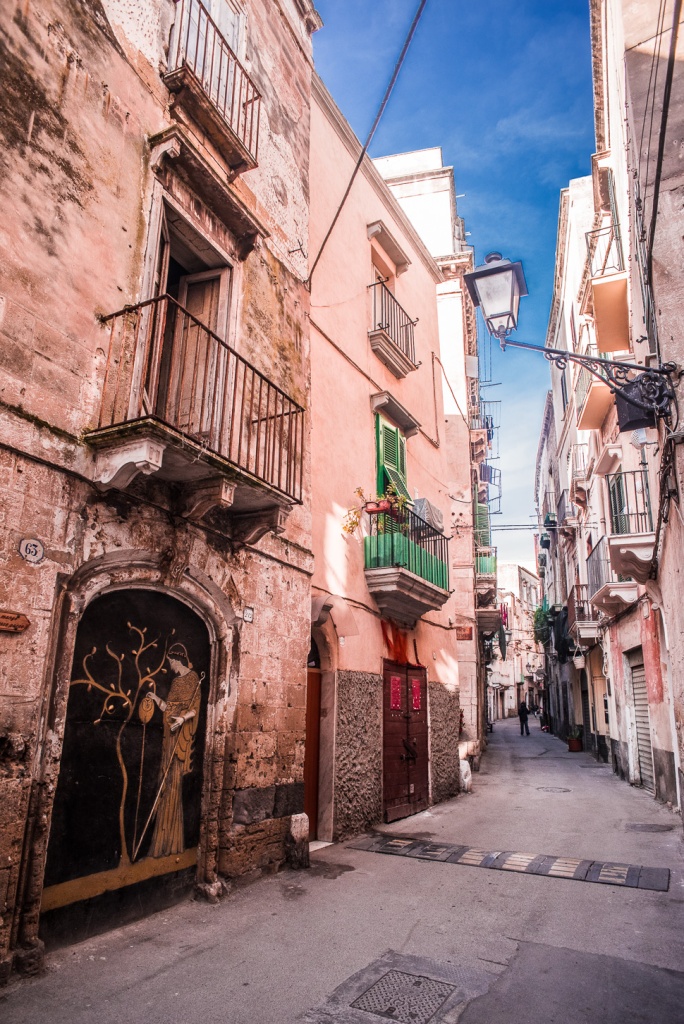
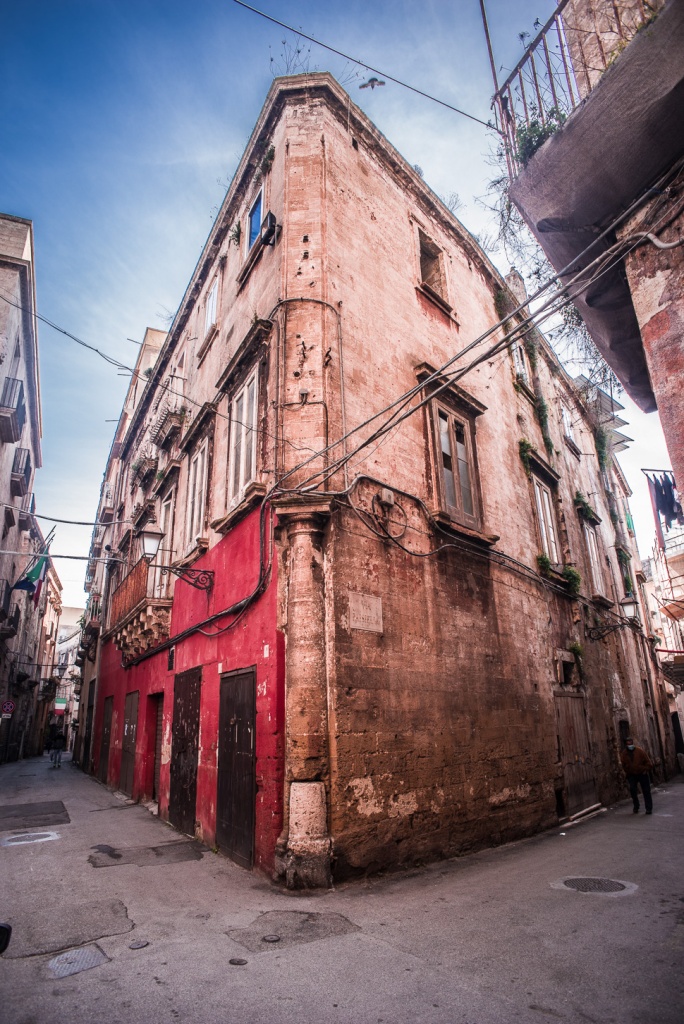
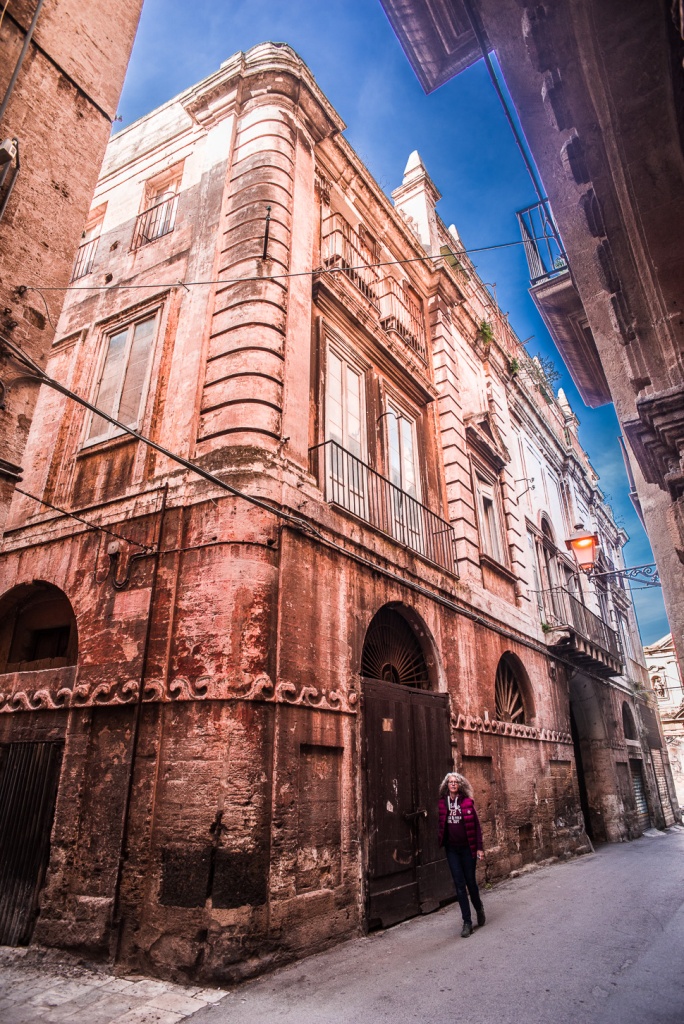
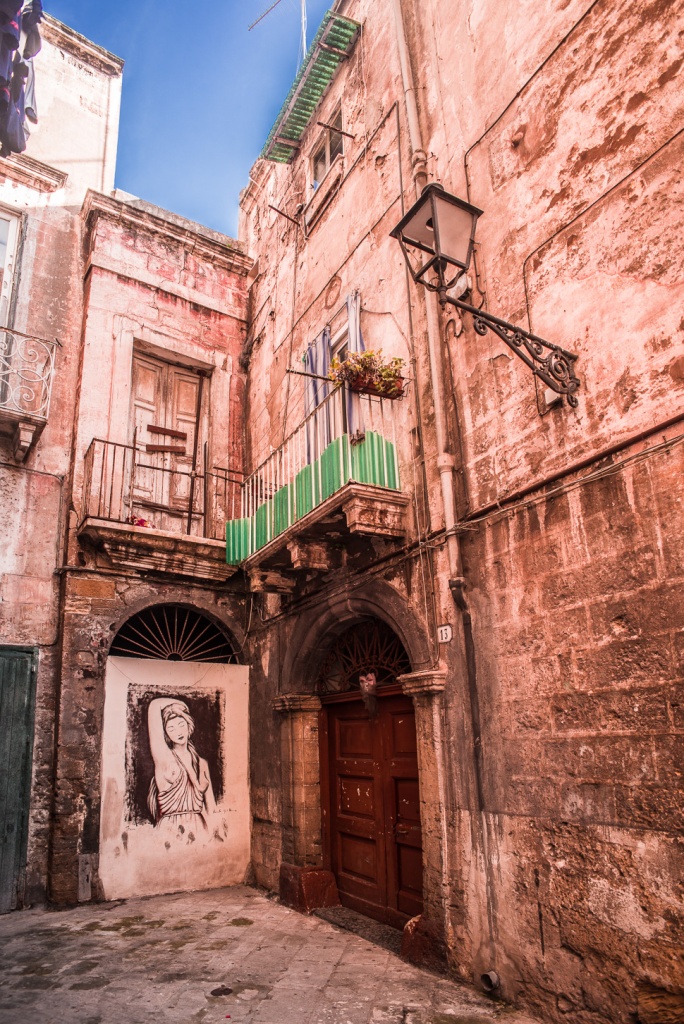
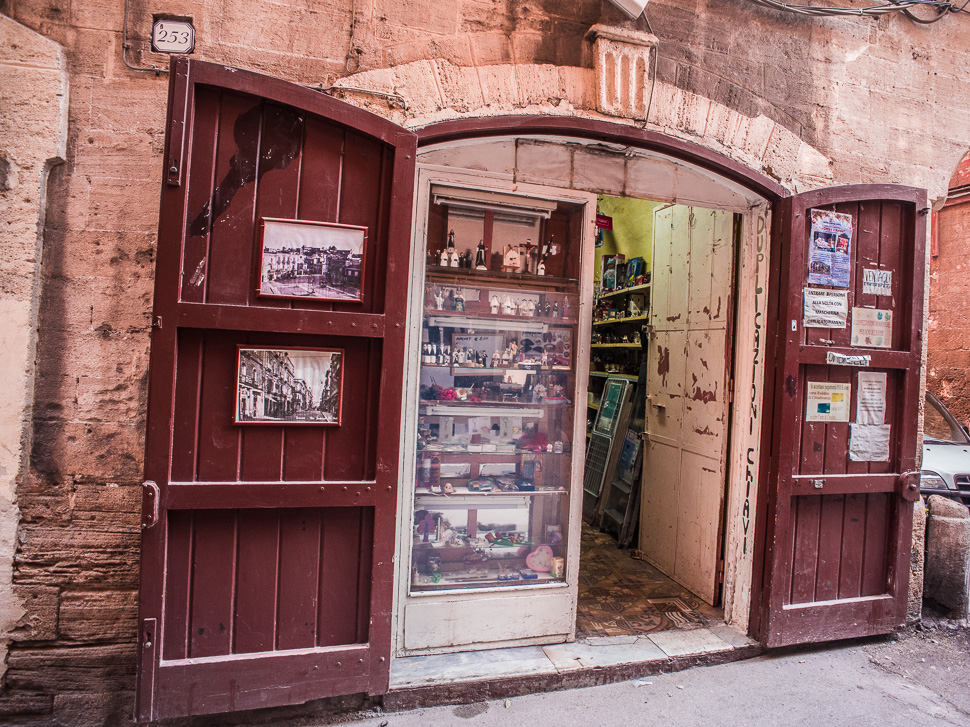
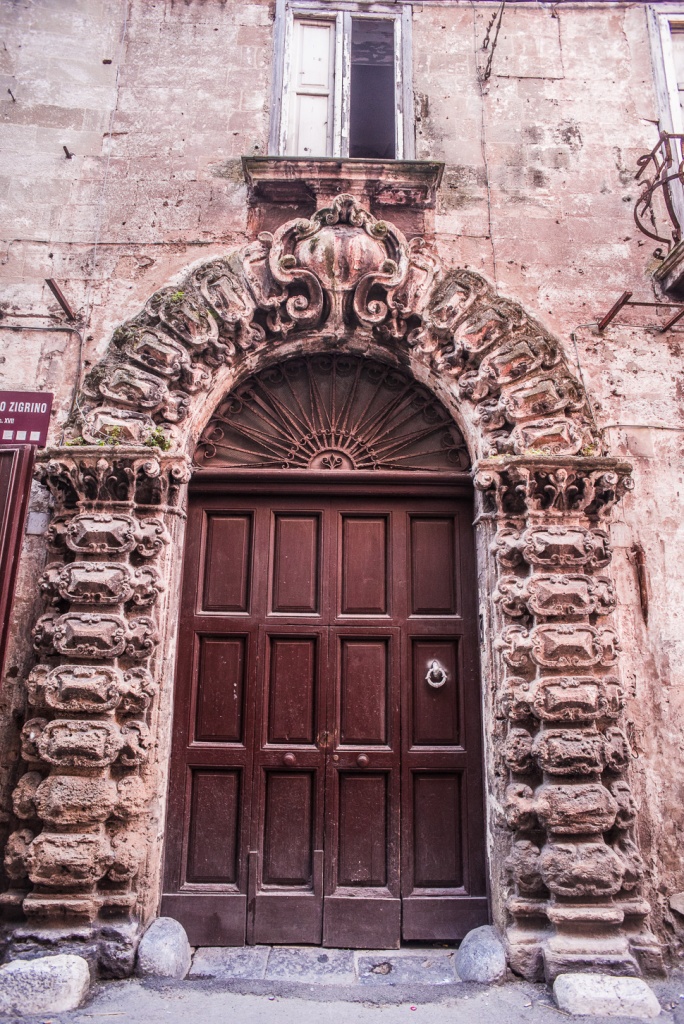
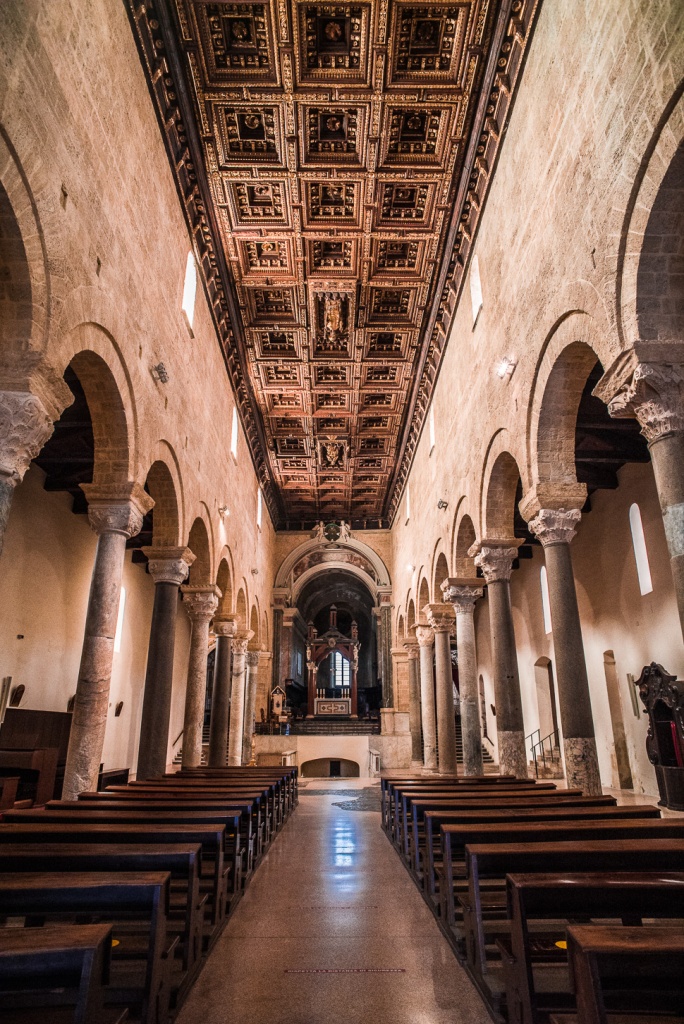
Built on the ruins of a pagan temple in 1071, the cathedral has been damaged and rebuilt several times. The impressive coffered ceiling is from the 17th century.
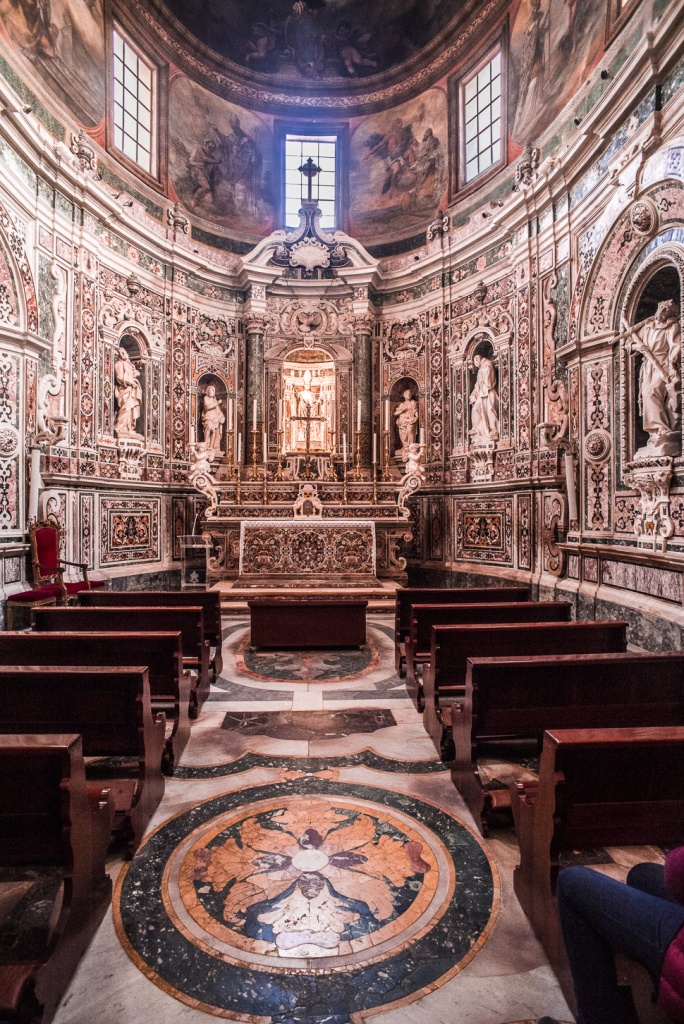
The Chapel of San Cataldo is dedicated to the Irish born bishop of Taranto, who came to Italy after his pilgrimage to the Holy Land. The chapel is richly decorated with marble mosaics and statues.
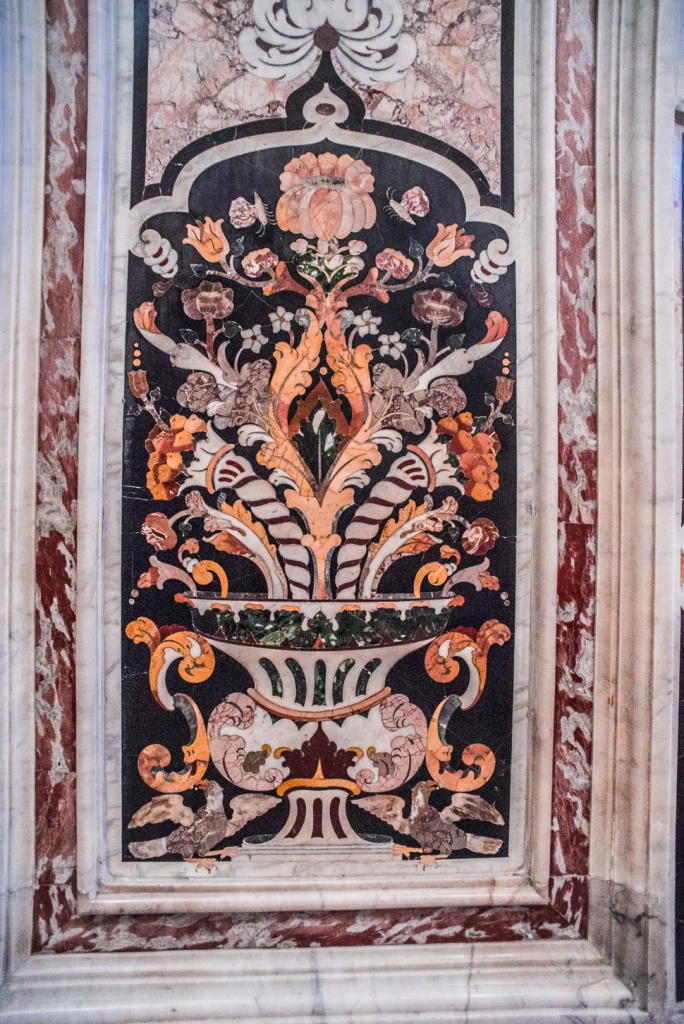
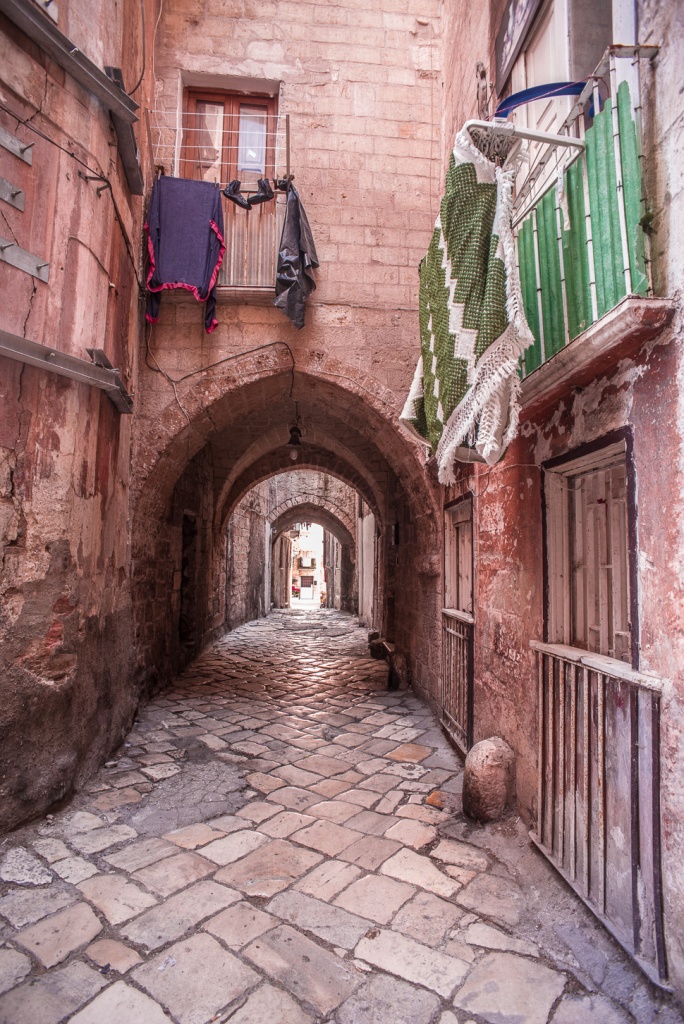
After our walk through Taranto, we drove inland to Laterza, where one of the most impressive gorges of this area, the Gravina di Laterza, can be explored along a path on the cliffs edge. Starting point: 40.617852, 16.810169
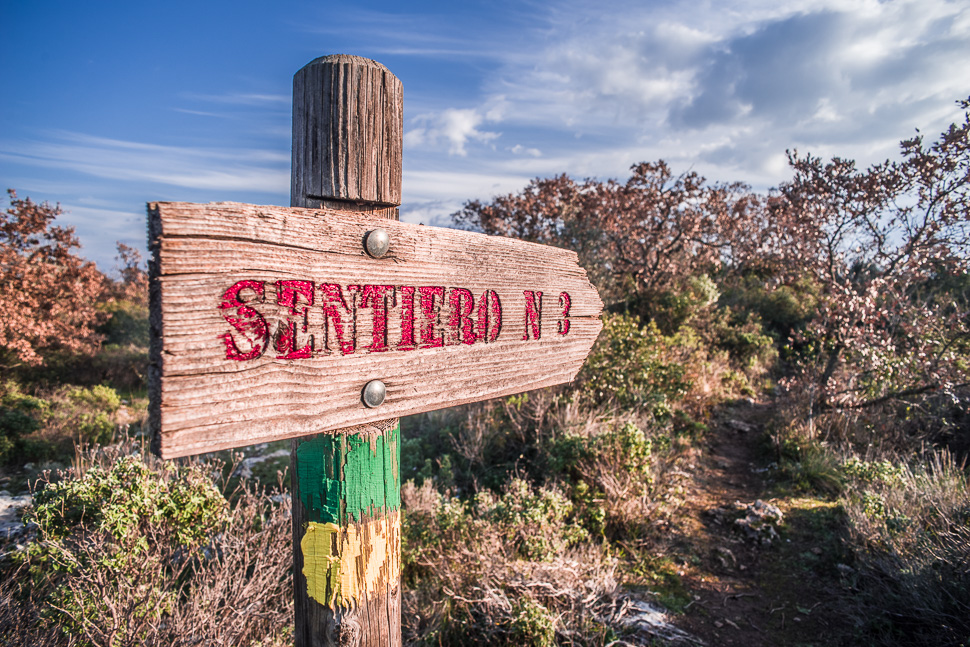
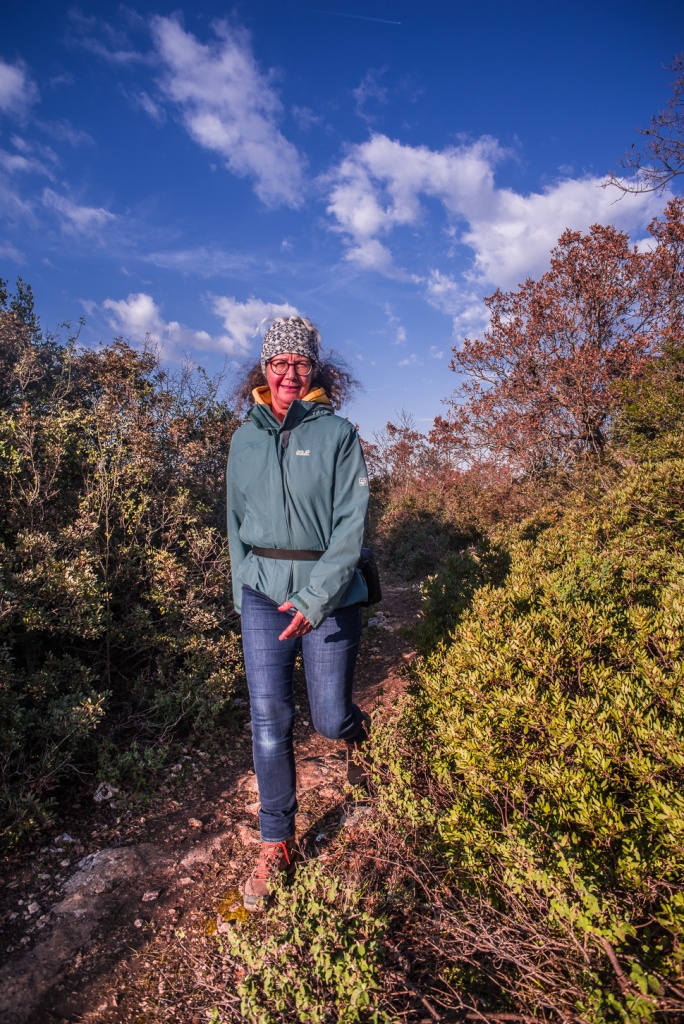
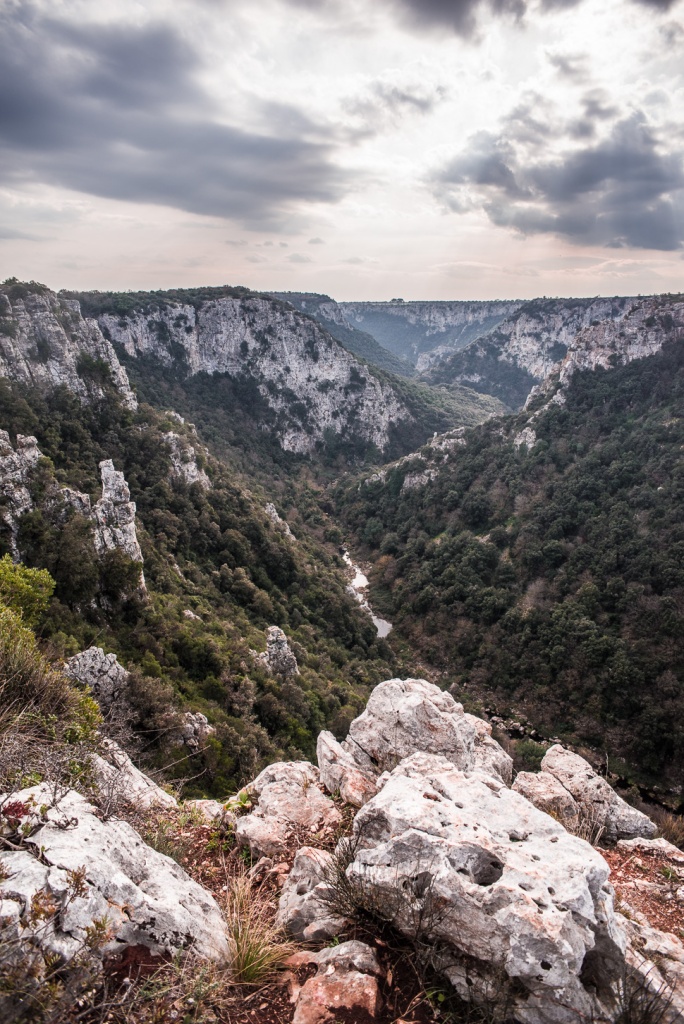
The Gravina of Laterza is a deep erosion canyon. It stretches for 12 km with many curves and is in some places more than two hundred meters deep with partly very steep, almost vertical walls.
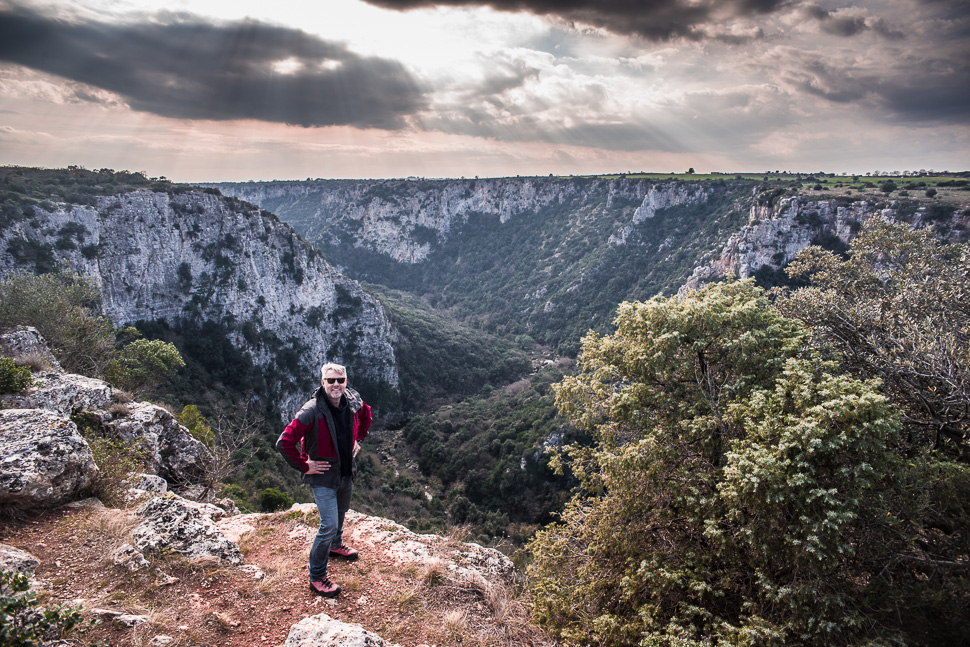
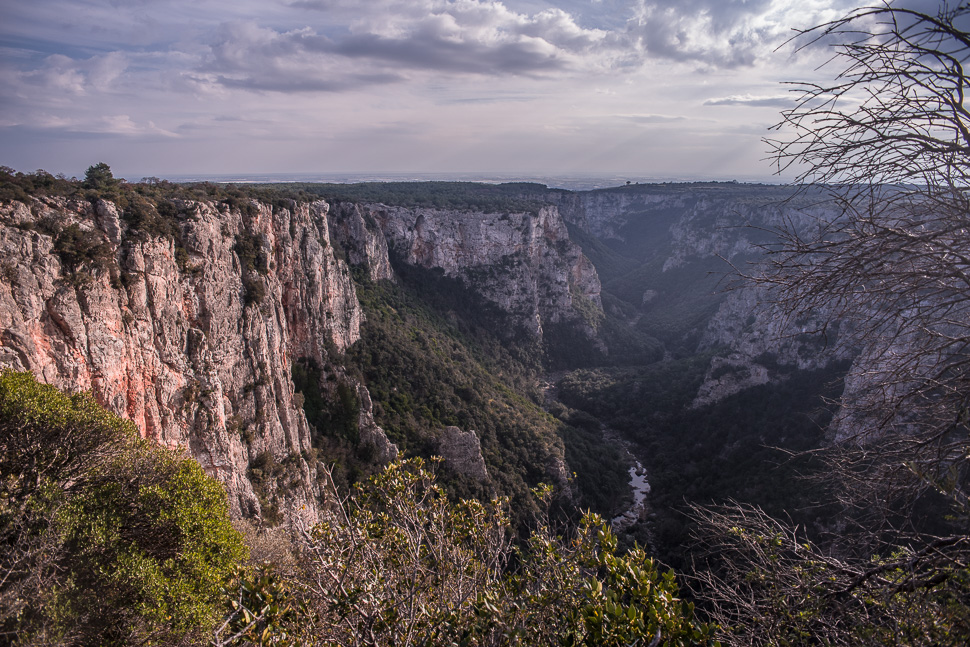
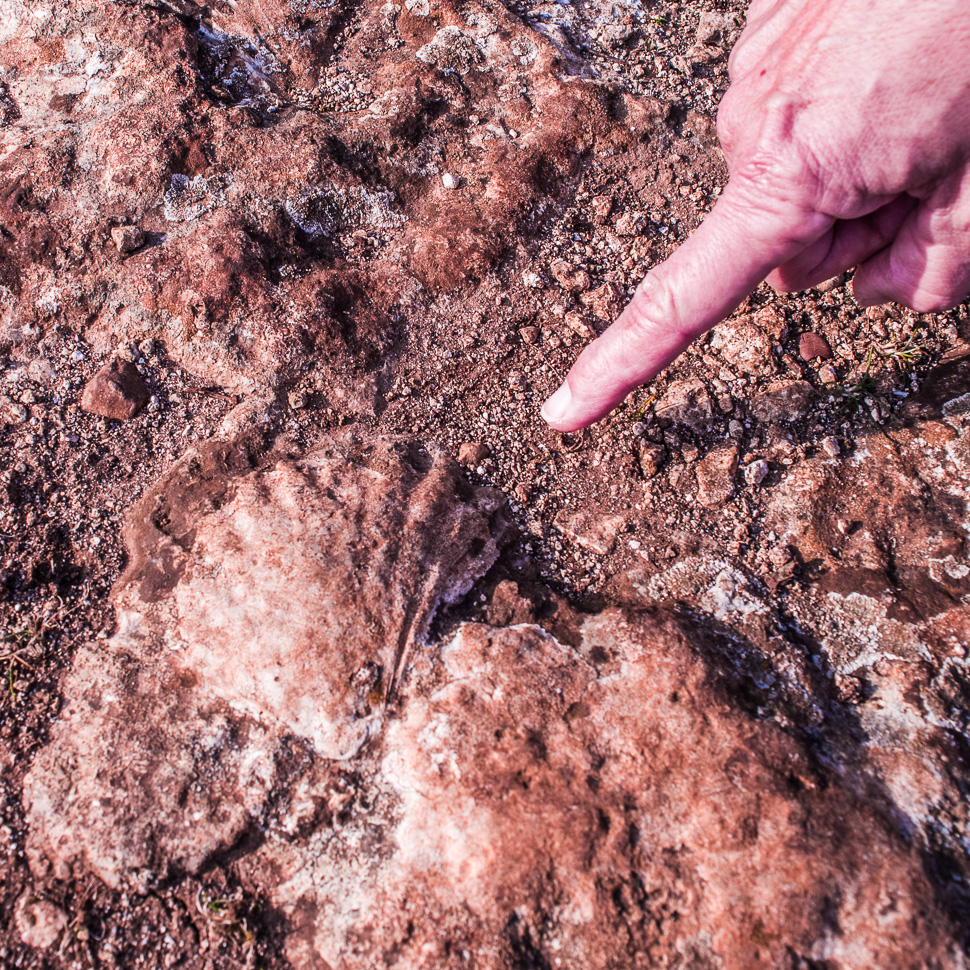
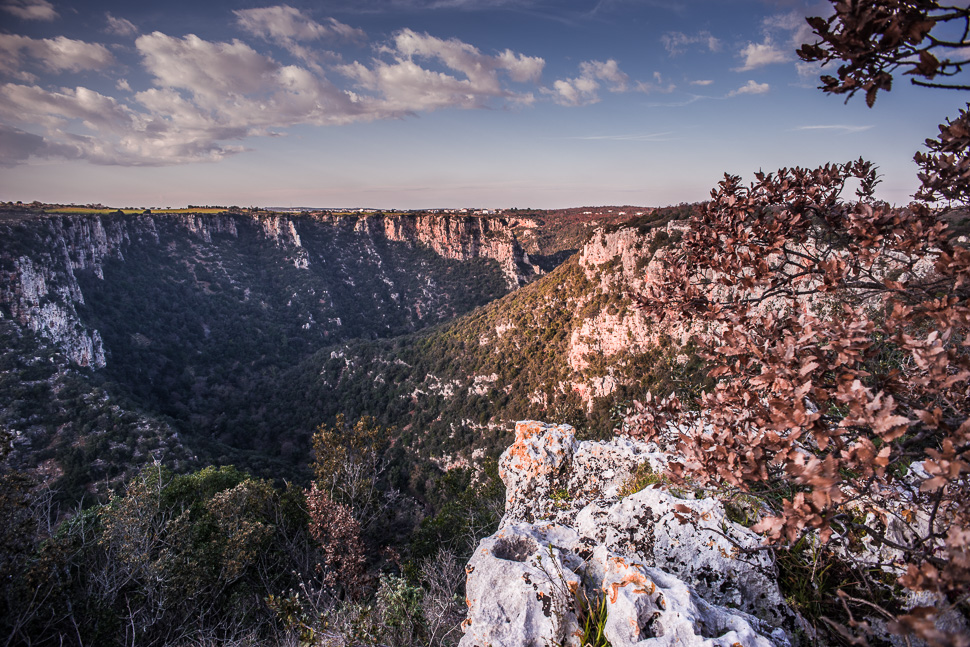
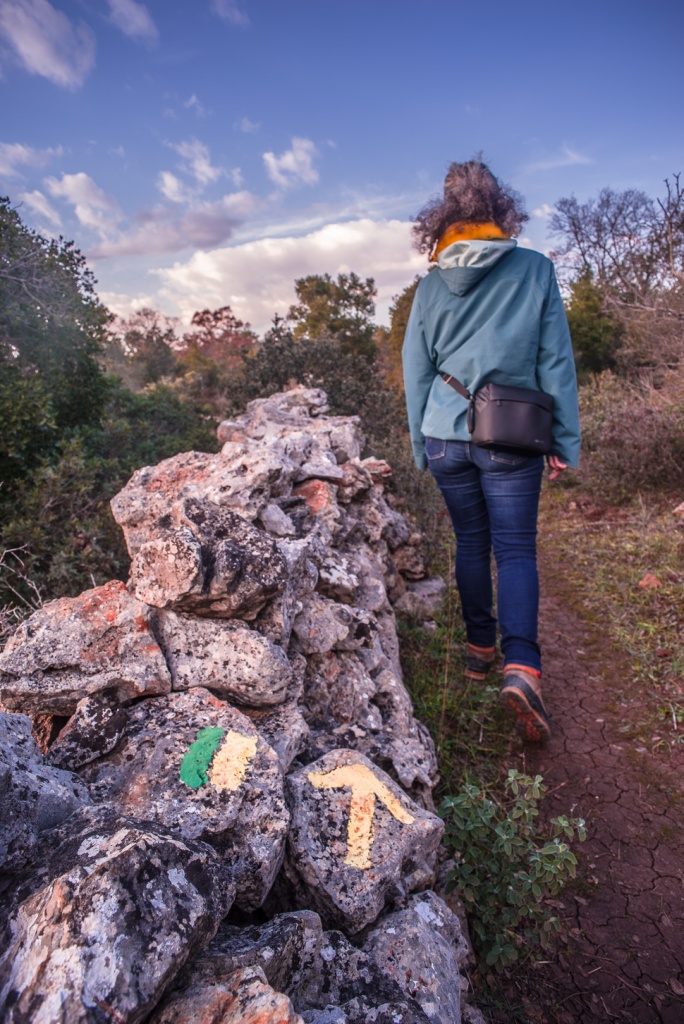
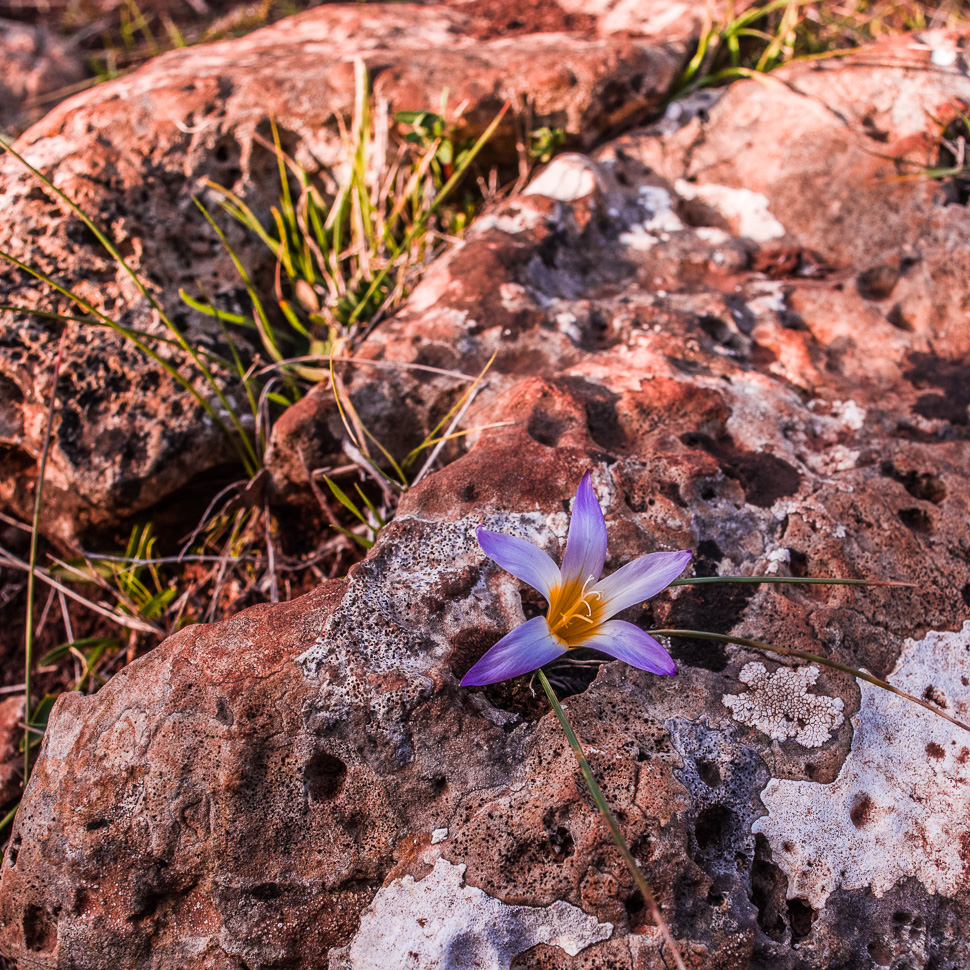
We are now close to the town of Matera, famous for its cave dwellings and churches. We will go and explore it tomorrow. More on our next post!
